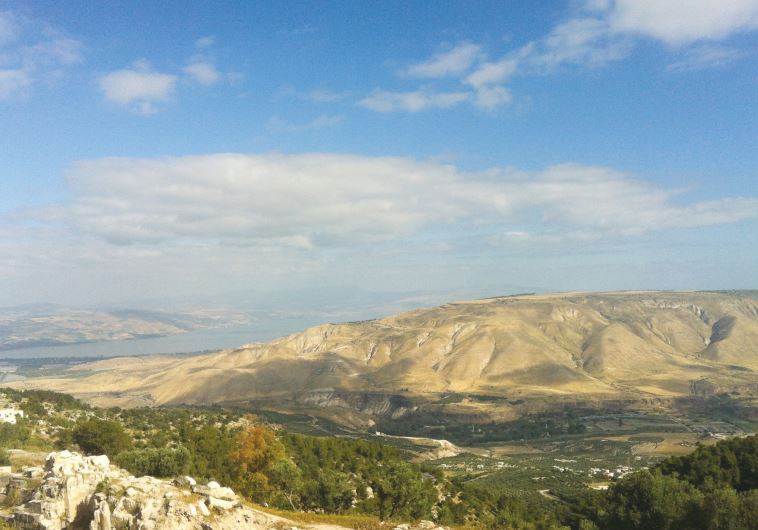Guests of the kingdom: How long can Jordan's veneer of tranquility last?
Five years after the Syrian conflict began, more than a million Syrians are still living in Jordan with little hope of returning home.
 The Golan Heights and Lake Kinneret are seen from Umm Qais in Jordan(photo credit: LAURA KELLY)Updated:
The Golan Heights and Lake Kinneret are seen from Umm Qais in Jordan(photo credit: LAURA KELLY)Updated: